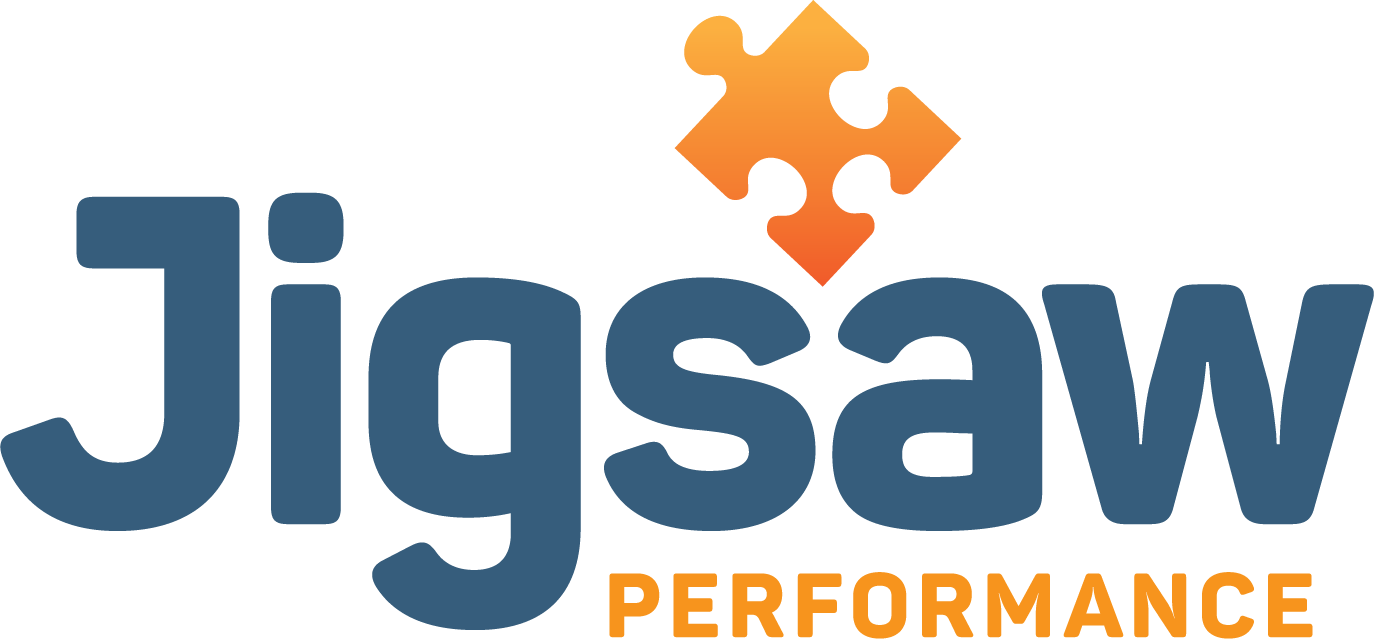Breaking Through Growth Barriers: How Emily Built a Strategy for Scaling Her Online Business
For nine years, Emily had been the driving force behind a company that provides specialty equipment and tools for small-scale, artisan craftsmen. Serving bespoke woodworkers, metalworkers, glass artists, and other niche creators, the business had grown steadily and organically under Emily’s leadership.
However, she found herself at a crossroads. While her dedication and operational acumen had brought the business to its current success, she realized that to truly scale, she needed to make some significant changes — starting with her own role.
Emily’s story is one of transformation, not only for her business but for herself as a leader. It’s a story of letting go, leaning into her strengths, and embracing opportunities to grow, even when faced with financial and emotional challenges. Here’s how she did it.
Laying the Foundation
Over the years, Emily had invested in optimizing her warehouse operations. Through careful planning and the integration of fully automated systems, she was able to reduce her warehouse staffing needs by 35%, improving efficiency and creating a strong foundation for growth.
Despite these achievements, Emily remained deeply involved in the day-to-day operations, managing everything from inventory to customer inquiries.
Emily was deeply involved in the business.
While this hands-on approach had been critical during the early stages of the business, it left Emily little time to focus on business development, marketing, or strategic planning.
“I felt like I was wearing every hat in the business. It was exhausting, and I knew it wasn’t sustainable.”
Recognizing the Next Step
When Emily sought coaching, she was at a crossroads, presented with a tremendous amount of market potential as the artisan crafts industry was on a growth trajectory. However, she was unsure how to pursue this opportunity through her typical bootstrapping approach.
Emily didn’t think she would be able to get a loan and was deeply uncomfortable with the idea of taking on debt. Together, we worked to shift her perspective and create a clear strategy for growth.
One key insight emerged: if Emily could step away from daily operations and focus on building relationships, attending industry events, and driving business development, she could generate more than enough revenue to cover the cost of new staff.
I encouraged her to approach growth with confidence. “Figure out what you need to grow, ask for it, and get over the debt,” I advised. “Debt is just part of doing business, and you can more than cash flow it.” This realization was pivotal, giving Emily the confidence to move forward.
Stepping Into the Spotlight
Emily had built strong relationships over the years, but most of her interactions with clients had been over the phone or via email. She rarely attended industry events and only occasionally participated in trade shows. Recognizing her deep industry knowledge and natural charisma, we developed a strategy to position Emily as the face of the business.
The Face of the Business
The plan included not only attending trade shows but also presenting at them. Emily’s wealth of experience made her a sought-after speaker, and her authenticity resonated with her audience.
In addition, we decided to create a knowledge center on the company website, featuring free educational videos addressing common questions about artisan craftsmanship, including a highly requested series on sustainable practices for creators. With the help of her son, a film studies graduate, Emily produced engaging, professional videos that quickly gained traction online.
Initially hesitant to get in front of the camera, Emily found her confidence with her son behind the lens. Her warmth and expertise shone through, and the videos became a hit with her audience.
“I never thought I’d enjoy being in front of the camera,” Emily said. “But once I started, I realized I was really good at it.”
Building Confidence to Seek Funding
To support these ambitious plans, Emily needed additional funding. Historically, she had approached her business with caution, a mindset often observed among female entrepreneurs. Together, we built a compelling pitch deck that showcased the company’s strong track record, the growing demand in the artisan crafts market, and Emily’s clear strategy for capturing new opportunities.
Understanding the Potential
The process of creating the pitch deck was transformative. By conducting a detailed analysis of the market size and making conservative projections about the business’s potential, Emily discovered that the opportunity was even greater than she had initially thought. With her newfound confidence, Emily approached lenders with a clear, persuasive case for investment.
“It helped me see my business in a new light,” Emily shared. “I realized how much we had accomplished and how well-positioned we are for growth.”
The Results and Lessons Learned
Today, the business is on a path to significant growth. Emily has successfully hired a warehouse manager, freeing her to focus on building relationships, attending events, and creating content that showcases her expertise. The knowledge center on her website has become a valuable resource for her clients and a powerful marketing tool, and her trade show presentations have solidified her reputation as an industry leader.
Emily’s journey underscores several key lessons:
The Power of Delegation: Letting go of daily operations allowed Emily to focus on high-impact activities that only she could do, unlocking new opportunities for growth.
The Importance of Confidence: Building a pitch deck and seeking funding helped Emily shift from a conservative mindset to one of empowerment and ambition.
Leveraging Strengths: By embracing her role as the face of the company, Emily turned her industry knowledge and relationships into powerful growth drivers.
For entrepreneurs like Emily, the path to growth often requires a willingness to step out of their comfort zones and embrace change. With the right strategy and support, even the most daunting challenges can become opportunities for transformation. As Emily puts it,
“The hardest part was finding peace in taking on more debt. But once I did, everything started to fall into place.”



